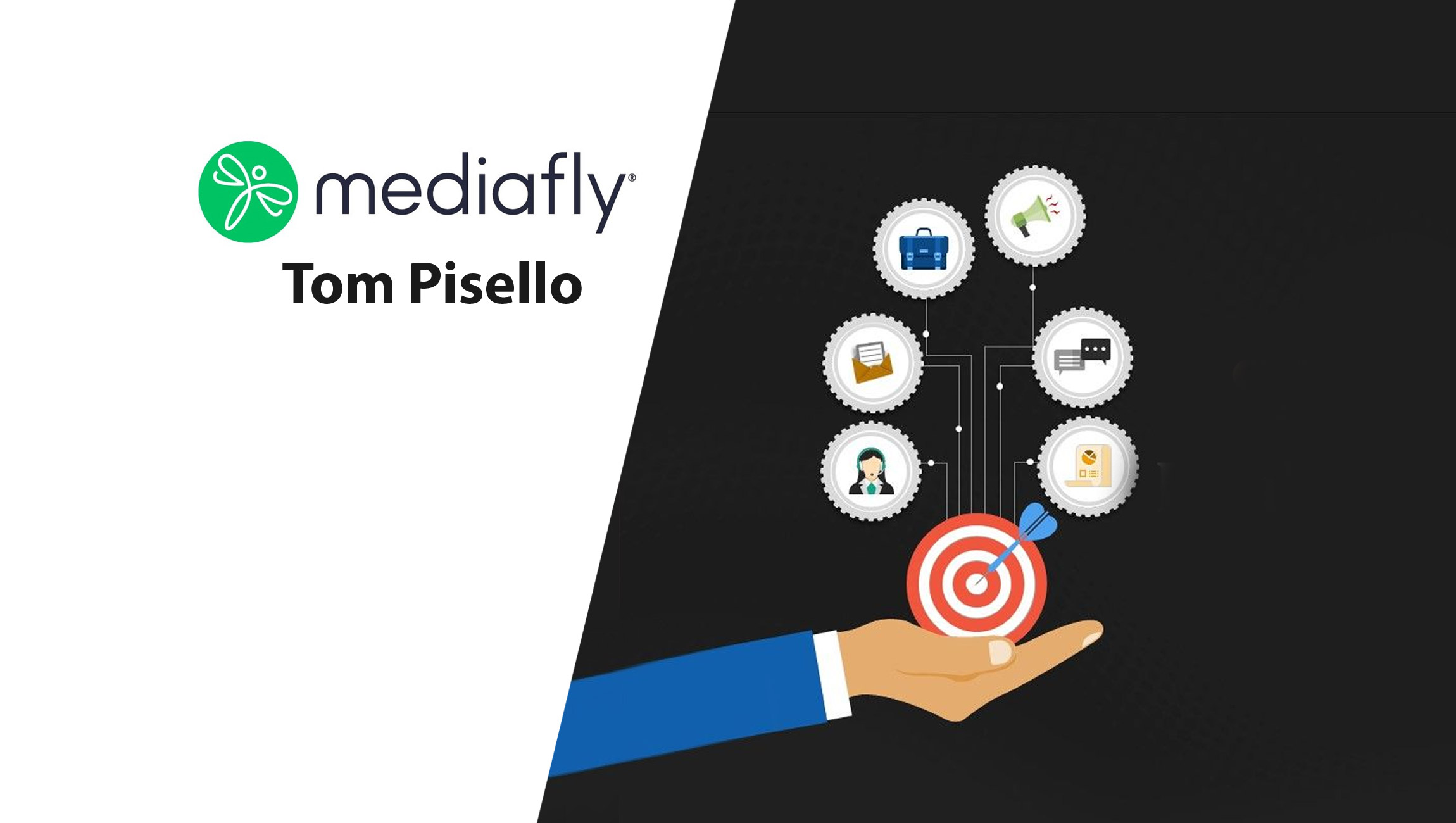Why Your Organization Needs Value Enablement

As a member of a B2B solution provider commercial team, you’ve likely encountered more decision-makers reviewing purchases and CFOs saying “no” (dubbed the CF”No”). Earlier this year, Gartner found changes in priorities, perceived risks and budget issues were the top-three drivers behind buying efforts ending in no decisions.
If you expect to win new customers and expand existing relationships in today’s business environment, it is imperative you adjust your customer engagement practices. To overcome the no-decision challenge, commercial teams must adopt a value enablement approach.
Value Enablement
Value enablement is a customer engagement methodology that shifts commercial teams from the features, delivery and adoption of products and services, to the expected and realized value outcomes throughout the customer lifecycle. This methodology encourages commercial teams to be more diagnostic and prescriptive than traditional selling and success methods.
Communicating and quantifying value to buyers sounds intuitive but it remains elusive for most marketers, sellers and customer success teams. The RAIN Group Center for Sales Research found only 16% of commercial team members could make the return on investment (ROI) case clear. Value enablement helps them flip their scripts and bridge the value gap – the growing divide between buyer expectations and traditional sales and marketing approaches.
Read More: To Understand ABM, First Understand What ABM Isn’t
Teams interested in adopting value enablement should follow three recommendations:
1. Evolve your story: The first step toward communicating and quantifying value to buyers is reorienting your value proposition to a new set of priority challenges post-pandemic.
Instead of pitching products and services, revenue teams should focus on the buyer’s challenges, how the solutions can solve these challenges in a low-risk manner and the business outcomes the solutions can deliver. Instead of employing a solution-first narrative, they should adopt a challenge-based one. The best way to conduct value-led conversations is to follow the CLOSE storytelling framework. CLOSE is an acronym for challenge, loss, opportunity, solution and evidence:
- Challenge: What priority challenges can you help prospects tackle?
- Loss: What are these challenges currently costing them personally and the business?
- Opportunity: What is the change needed to address the challenge – comparing the before versus the after and painting a positive vision for the future?
- Solution: What solution can specifically deliver on the visions and what business outcomes are possible?
- Evidence: How has the proposed solution tangibly delivered similar business outcomes for relevant peers and made those peers a hero in their organization?
Teams that follow the CLOSE framework to effectively articulate their value stories will resonate with buyers. By differentiating value based on the buyer’s unique business challenges, marketing and sales can bridge the value gap.
2. Align your sales and marketing content: For revenue teams to effectively offer a value-focused experience, they must align on the content they leverage to fuel engagement and compelling conversations throughout the buyer journey.
This means the content itself must be designed to support the challenge-based narrative. According to Gartner research, when B2B buyers are considering a purchase, they only spend 17% of that time meeting with potential suppliers. And when buyers are comparing multiple suppliers, their time with individual sales reps can be as low as 5%. To ensure buyers hear consistent value messaging throughout the entire buyer journey, sales and marketing content should always discuss the buyer, the challenges the buyer’s company faces and the cost of inaction for that company.
Then, commercial teams must align on how and when that content is employed with buyers. Increasingly, organizations are turning to sales enablement platforms as the answer. The global sales enablement market was valued near one trillion dollars before the pandemic hit and the need is even greater today, since the buyer journey is predominantly digital and self-guided.
Sales enablement platforms give teams the tools to ensure their value propositions are heard at the right time, in the right way. Organizations should also look for platforms equipped with content management and interactive presentation capabilities. Then, sales reps are empowered to engage earlier with buyers, spark provocative conversations with them and help them get stakeholder buy-in.
3. Leverage value assessment tools: The final step in establishing a value-focused experience is presenting value at every stage of the buyer journey. The easiest way for revenue teams to do this is to ditch the traditional ROI and TCO (total cost of ownership) spreadsheets of the past, and, instead, embrace and leverage modern value assessment tools to illustrate the impact on pipeline and revenue.
Value assessment tools help sales teams answer important buyer questions. For instance:
- Why change? Diagnostic assessments – think health check tools – highlight the pain points of buyers and illustrate how those problems can be solved.
- Why now? Business value assessment tools, such as ROI calculators, quantify what the buyers will gain from a purchase and help them justify that purchase to stakeholders.
- Why you? TCO tools provide buyers a visual cost-benefit analysis between competing providers.
- Why renew? Realized value assessment tools uncover proof points and projections for buyers, which can lead to upsell and cross-sell opportunities.
Read More: B2B Virtual Marketing Strategies: The Sales Meetings, Conferences And Content Strategies That Are…
The Win-Win
To compel today’s B2B buyers to make fast and confident initial purchase, renewal and expansion decisions, organizations need to advance their customer engagement methodologies from pitching products and services to value selling. Commercial teams that adopt a value enablement approach experience a win-win: Buyers overcome cancelled or no-decision processes to realize the value and solutions their businesses demand, and B2B solution providers get the wins, renewals and expansions they need to grow and stay competitive.



